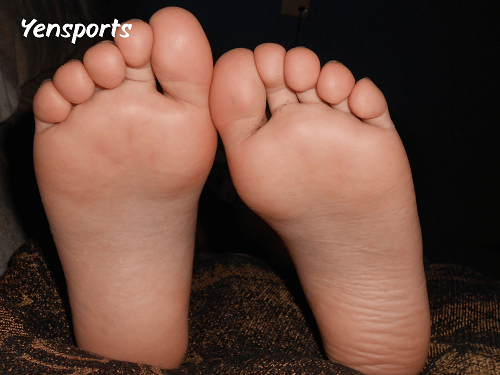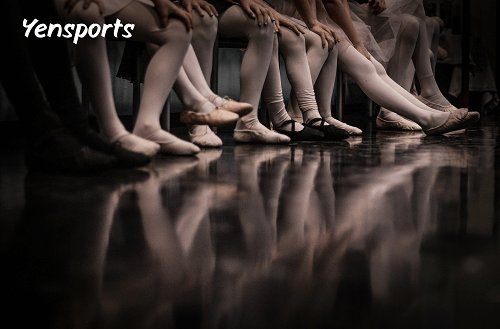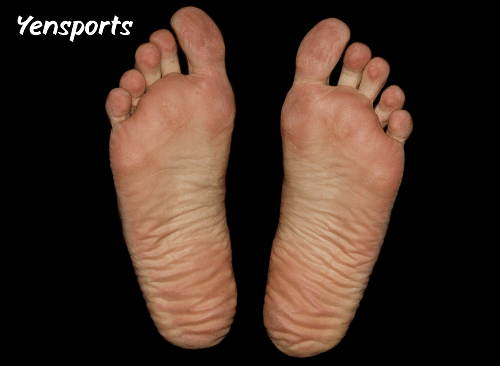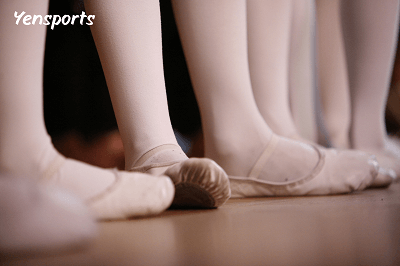In understanding optimal foot map size 10: A comprehensive guide
Pressure:
Foot pressure mapping is a great tool to determine the distribution of the foot’s sole. This technology helps us understand how our feet connect with the ground when walking, running, or even standing. As an athlete, or with foot problems, or even as someone just looking into the health of one’s foot, an optimal foot pressure map size 10 can really be an eye-opener in matters of gait and posture.

Foot mapping technology refers to the utilization of foot sensors put on the underside of the foot to obtain the areas of stress at specific points while performing some movement. It detects the force that is exerted on different parts of the foot, and this is represented in the form of a “pressure map.” The map might identify high-areas, low-areas, or imbalanced areas which might mean there is a possible case of an improper gait, postural defect, or the possibility of getting injuries.
Why Is the Size of Foot Map Important?
Pressure:
Foot pressure mapping indicates the exact amount of weight across a foot. This means that if one person has a size 10 foot in terms of male US sizing, then the details or the information in terms of clarity on the map becomes essential. Since “size 10” represents the average adult sizing, pressure mapping technology should cover that particular size for proper, detailed results. The right size and layout, ensure that the data collected accurately reflects the distribution of pressure, avoiding the distortions that may occur due to improper sizing.
The size of the ideal foot map size 10 should capture all areas of the foot’s surface including the arch, heel, toes, and the ball of the foot. The map also needs to be large enough to capture changes in but sm enough to achieve a high resolution at every point of contact. The ideal size 10 map must therefore have enough detail yet remain sensitive enough to capture even slight changes in pressure.
Key Features of Optimal Foot Map Size 10:
Pressure:
- Accuracy in Pressure Measurement: Sensors implanted in the mat or shoe insole should be able to capture the smallest change in pressure. Distribution in a size 10 foot should be well-balanced and accurate, starting from the toe up to the heel. Low sensor resolution may lead to mistakes that could have consequences in diagnosis or advice.
- Complete coverage: The foot pressure map should be complete so that the arch area is included in it, which often remains excluded in less detailed mappings. The distribution of the foot varies from person to person based on the shape of the foot, gait, and body weight, so the map must accommodate such variations.
Real-Time Feedback:
The system must be able to give real-time feedback so that people see how their feet interact with the surface under different conditions. This can be useful for athletes, runners, or people with specific foot concerns as it can point out weaknesses or compensations in gait patterns.
- Data Visualization: The pressure map of the foot should be presented in such a way that it is understandable and intuitive. Generally, color-coded maps are popularly used; red for areas and blue or green for the low-pressure regions. A good map should then be interpretable so that either healthcare providers can understand the health of the foot or the individual may want to gain insight into their foot condition.
- Personalized Insights: Best foot maps are not just about the data capture but should provide a tailored recommendation based on the analysis. For example, it may recommend changes in footwear, posture, or gait or exercises in certain areas of the foot for strengthening. These recommendations prove very useful for people having specific needs such as flat foot, plantar fasciitis, or high-arched foot.
Applications of Foot Mapping:
Pressure:
Foot pressure mapping has so many applications across a variety of fields such as sports medicine, and rehabilitation among others for instance, an athlete will map his foot to fine-tune the performance of his step. Foot distribution leads to an improper manner of movement that results in great on certain parts.

- Podiatry: Podiatrists use foot mapping to diagnose plantar fasciitis, bunions, and hammertoes. This way, they can understand how such conditions impact foot function and how best to treat it.
- Custom Footwear: Footwear manufacturers use maps to design shoes that fit better with the contours of the foot. For example, custom orthotics are created based on detailed mapping data to relieve in high-impact zones.
- Diabetes Care: Diabetic patients suffer from foot ulcers because of circulatory issues and neuropathy. A pressure mapping of the feet helps one track those points, which will later become the sites for an ulcer; hence it enables early interventions.
FAQs:
Pressure:
1. What is the purpose of foot mapping?
It applies foot pressure mapping to check on the distribution of weight on the foot and shows where the places under more are, possibly reflecting some disorders in posture or gait or perhaps a particular kind of foot condition like plantar fasciitis or flat feet.
2 . To describe simply: How is a map formed?
A pressure map will then be formed with sensors on a mat, insole, or even a shoe that detects on one’s t. The resultant data is translated into visual color maps in terms of high and low-pressure values.
3. Can foot mapping help with custom orthotics?
Yes, foot mapping is essential for the proper design of custom orthotics since it provides minute data, such as which areas show imbalances in pressure points. This means that one can design orthotics to correct gait or relieve some parts of the foot.
4. Is foot mapping only for people with foot problems?
No, foot pressure mapping can be helpful for anyone. Athletes use it to optimize performance and prevent injuries, while healthy individuals can use it to learn more about their gait and posture.
5. How accurate are the results of a foot map?
The accuracy depends on the quality of the technology and sensors used. A well-calibrated system provides highly accurate results that can be used both for diagnosing foot issues and enhancing performance.
Conclusion:

Pressure:
Foot pressure mapping gives very crucial information about how the foot functions in everyday activities. In the case of a size 10 foot, a good map is essential for accuracy and detailed analysis. Whether you are working on foot pain or athletic performance, distribution through mapping will help you make better choices about footwear, corrective exercises, and a healthier, more comfortable lifestyle.

